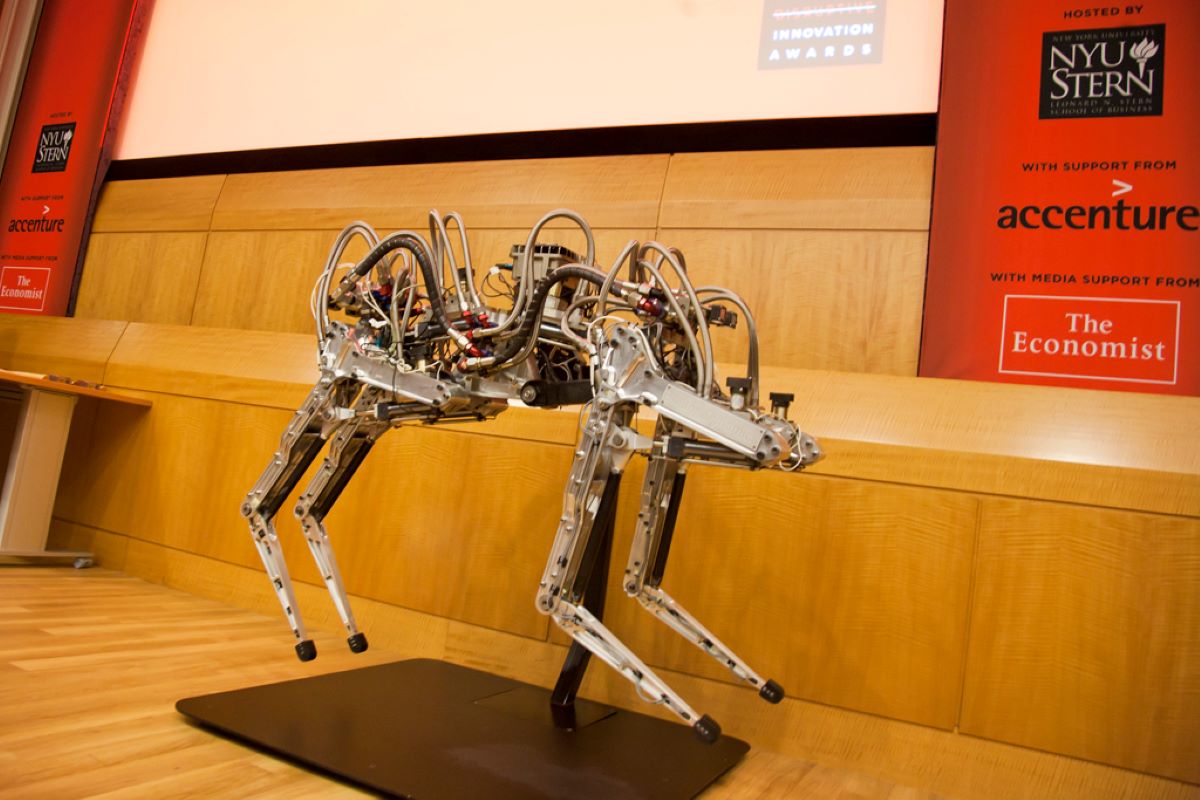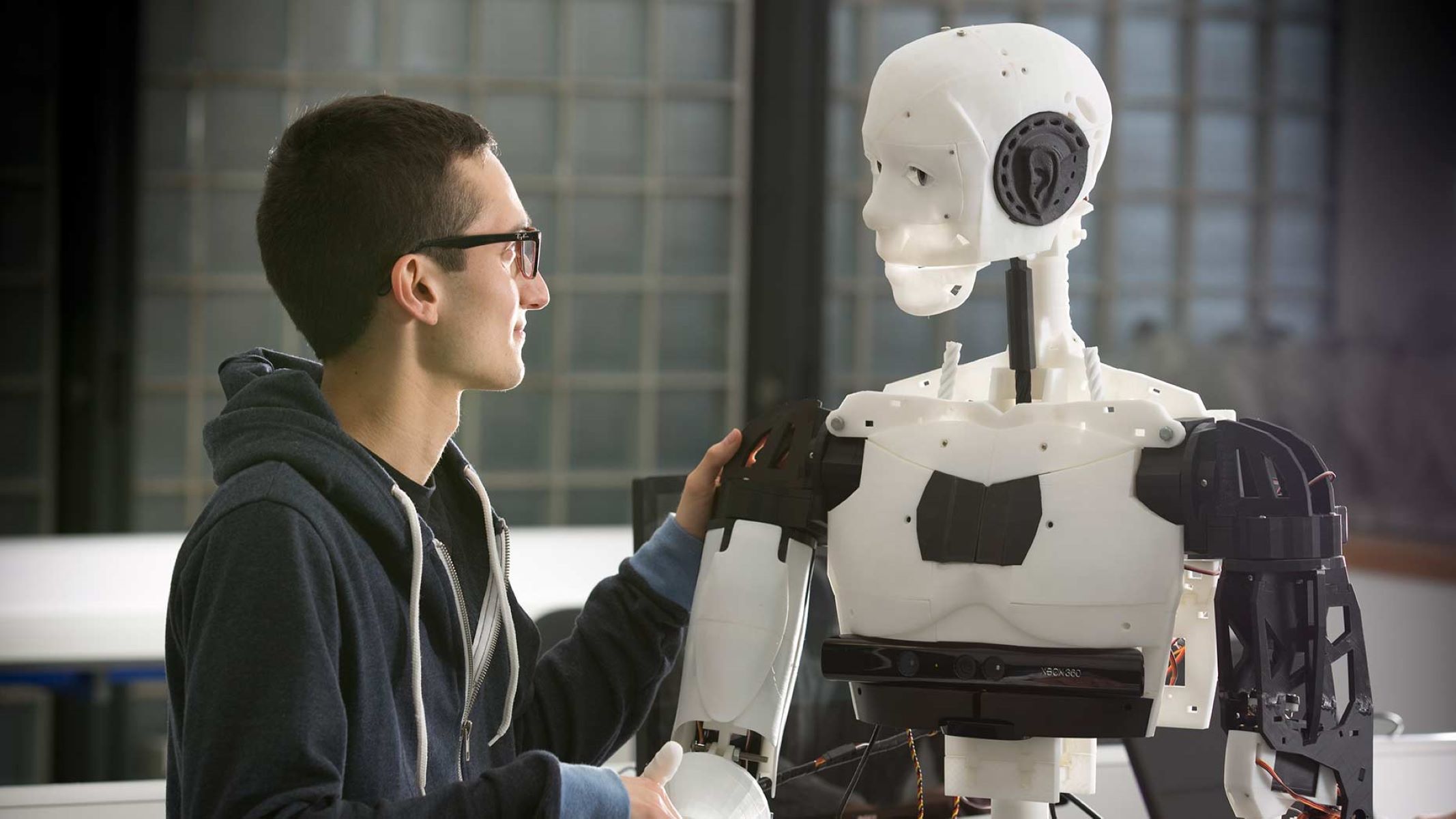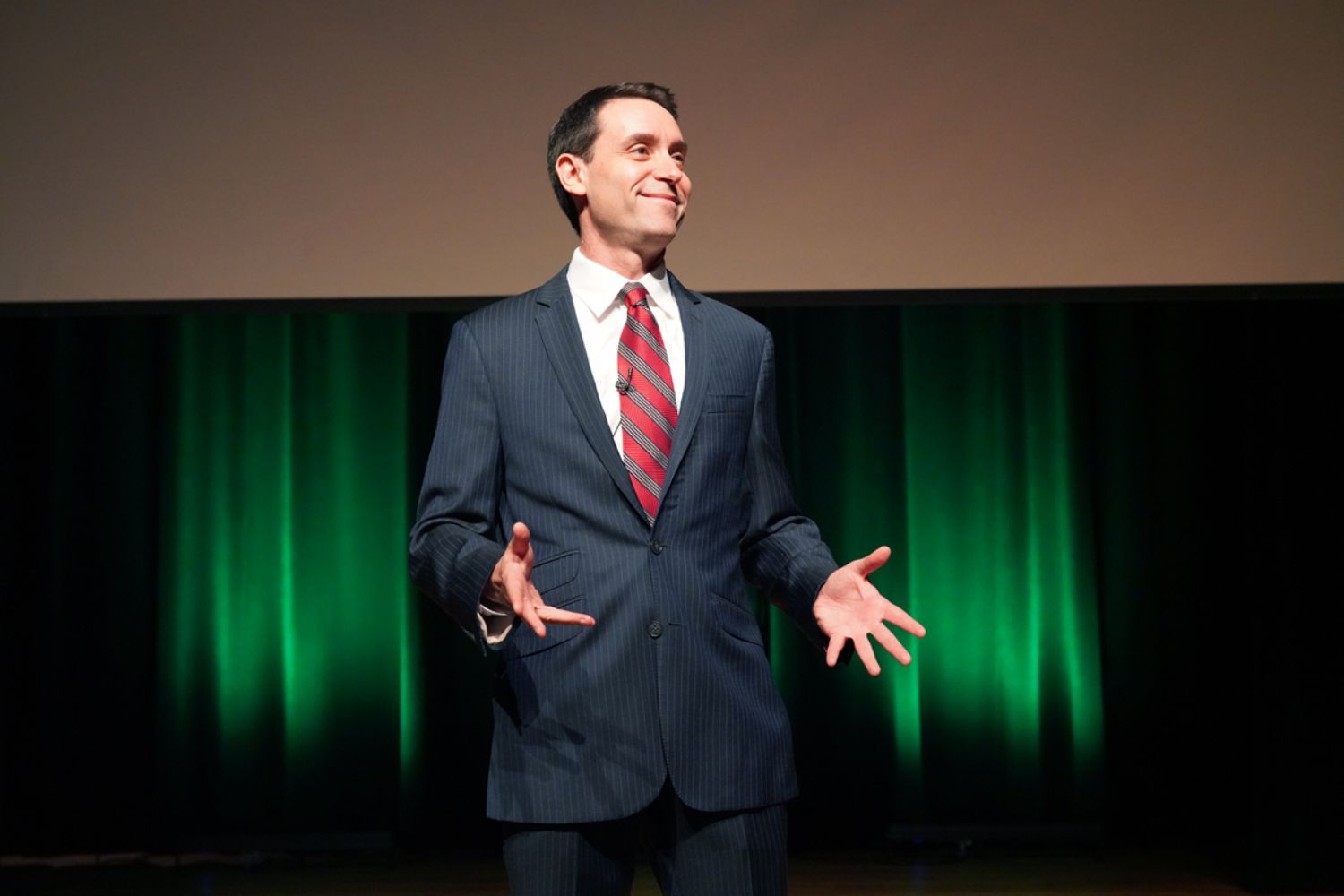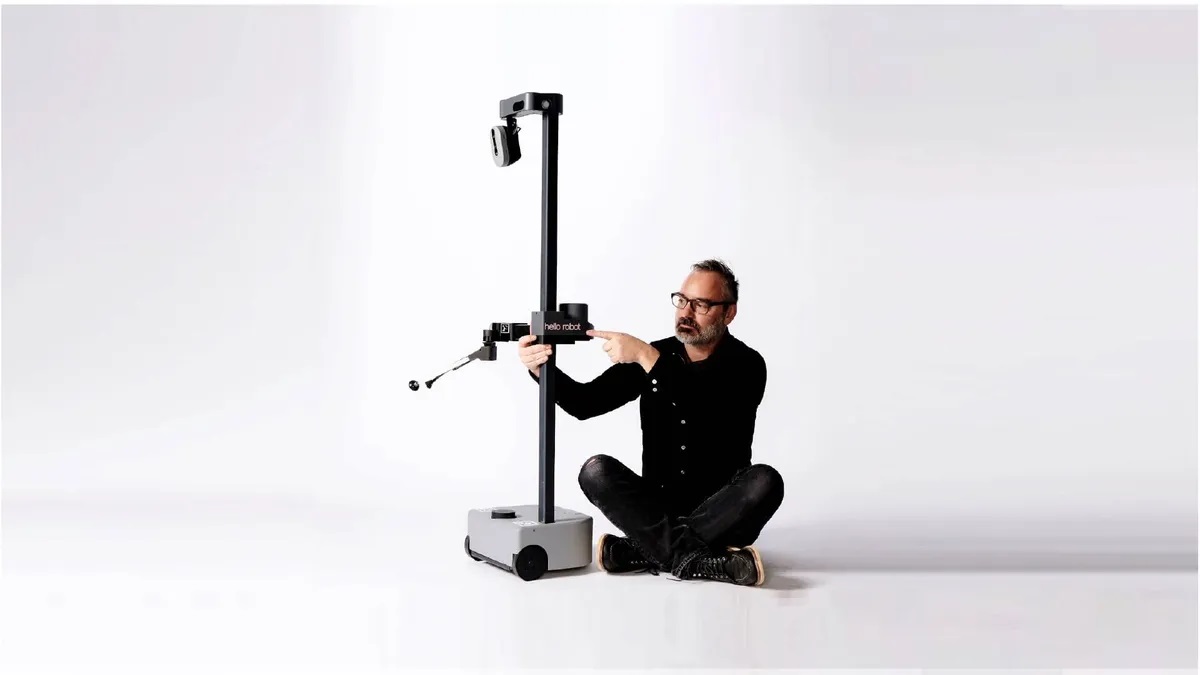In the world of robotics research, two prominent institutes have played a significant role in shaping the field: Boston Dynamics and the Toyota Research Institute (TRI). These organizations, led by pioneers Gill Pratt and Marc Raibert respectively, have each made remarkable contributions that have propelled the development of advanced robots.
Key Takeaway
Boston Dynamics and Toyota Research Institute have been at the forefront of robotics research, with Marc Raibert and Gill Pratt leading their respective organizations. Their pioneering work in robot locomotion and their commitment to exploring applications beyond cars is driving the transformative advancements in the field of robotics.
Robot Locomotion: From Slow and Tentative to Dynamic and Agile
Marc Raibert, the founder of MIT’s Leg Lab, had a vision to revolutionize robot locomotion. During the early days of robotics, legged robots were slow and unstable, resembling cautious spiders. Raibert was inspired by the efficiency and agility of animals and aimed to replicate those qualities in robots.
Under Raibert’s leadership, the Leg Lab pioneered the use of springs and bouncing in robots. They even built robots that resembled pogo sticks. This groundbreaking research paved the way for Boston Dynamics’ iconic robot designs.
The Passing of the Torch: Raibert, Pratt, and Boston Dynamics
Gill Pratt, a former student of Raibert’s, joined MIT’s Leg Lab and began working on walking robots while Raibert pursued other ventures. Eventually, Raibert founded Boston Dynamics in 1992 and handed over the reins of the Leg Lab to Pratt a few years later.
Under Pratt’s guidance, the Leg Lab continued to produce remarkable talent in the robotics field, including Joanna Bryson, Peter Dilworth, and Russ Tedrake. Meanwhile, Raibert nurtured Boston Dynamics into a leading force in robotics, with the creation of their humanoid robot, Atlas, in collaboration with DARPA.
TRI: Researching Beyond Cars
In 2013, Gill Pratt transitioned from academia to become the CEO of Toyota Research Institute (TRI). TRI, similar to Boston Dynamics AI Institute, focuses on pure research and has a strong backing from major automakers like Toyota and Hyundai.
While Toyota invests a significant portion of its resources in developing next-generation cars, TRI’s mission extends to exploring what lies beyond the automotive industry. They are dedicated to supporting aging populations and building technology to enhance the independence of older individuals.
Collaboration and Synergy between Robotics and Cars
Gill Pratt acknowledges the alignment and synergy between robotics and cars. He believes that modern cars are essentially eldercare robots, with advanced computing systems and software embedded in their design. TRI’s divisions work on both cutting-edge automotive technologies and concepts used in the robotics field.
Boston Dynamics AI Institute, under the leadership of Marc Raibert, shares a similar vision. While the current name may be misleading, the institute focuses on advancing intelligence, dexterity, and mobility in robotics. A name change is on the horizon to better reflect its mission.

























